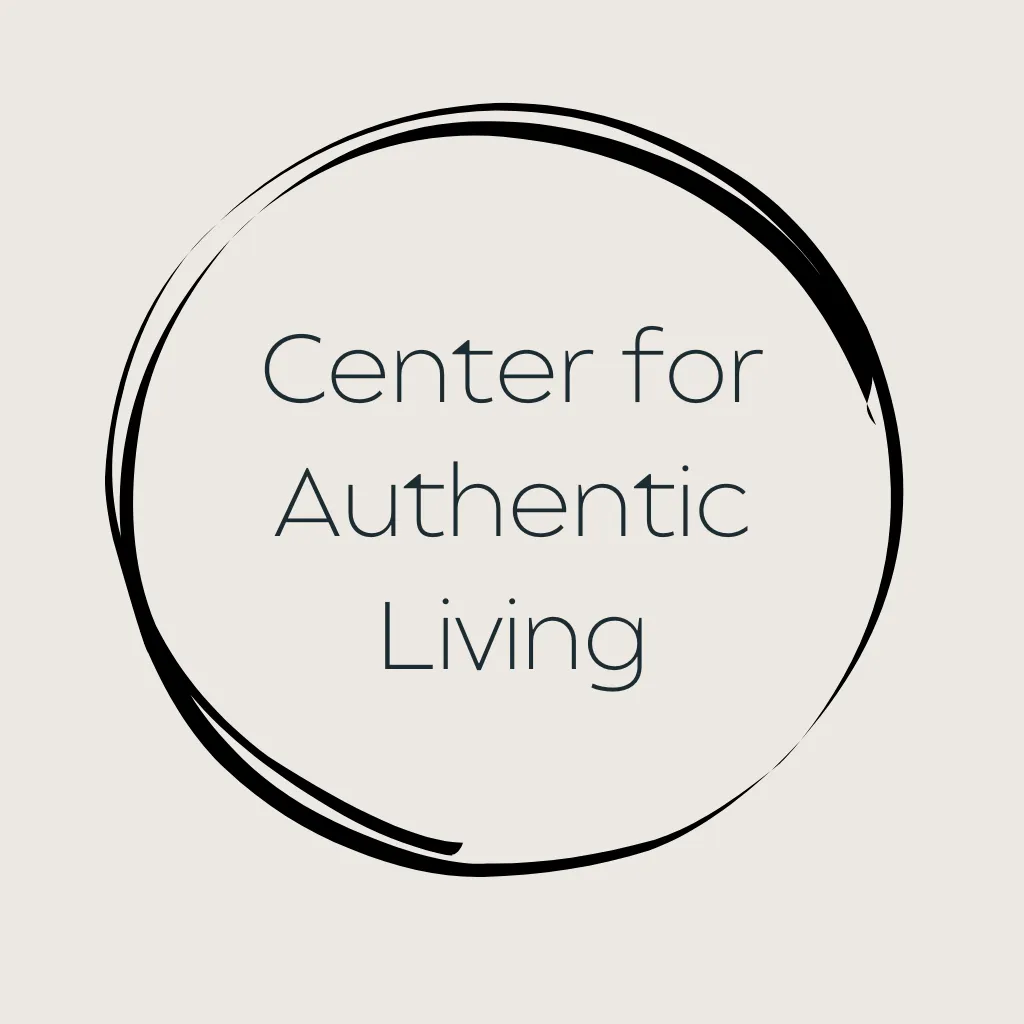A somatic movement, generally speaking, is one which is performed consciously with the intention of focusing on the internal experience of the movement rather than the external appearance or result of the movement.
The term somatic has become a bit of a buzzword in the health and wellness industry.
The word somatic means “of or relating to the living body,” and it has long been used in medical terminology like somatic cell, somatic nervous system, somatic disorder, and somatic pain.
Due to its generic definition, the term somatic can be used to describe a variety of forms of movement and healing modalities. You may have heard of somatic yoga, somatic experiencing, somatic psychology, somatic therapy, or somatic dance therapy. You may have even heard of somatic education!
The term somatic education was coined by Thomas Hanna. Hanna used the term somatic education to describe methods of sensory-motor education that use somatic movement to improve motor control and sensation and change learned muscular patterns. Many people find somatic movement education methods to be highly effective in relieving chronic pain, improving bodily function, and recovering from common musculoskeletal conditions.
How exactly does somatic movement work?
In order to be most effective, a somatic movement should be performed as slowly as possible. The human nervous system, which controls our posture and movement, must learn new things very slowly. With practice, we are able to gradually speed up and perform movements more quickly while still maintaining form and control. When we do movements quickly, we are not learning anything new—we are simply reinforcing existing learned patterns.
A somatic movement must also be performed consciously, with our complete internal focus and attention.Conscious attention is key to the learning process; we can’t learn something new if we aren’t aware of what we’re doing.
Somatic movement is exploratory in nature. Even when we practice a somatic movement with the intention of improving our posture or movement in a specific way, we still need to be focused on the internal experience of the movement rather than on the end result.
Focusing on the experience and process rather than the end result can be a difficult concept for many people to grasp. It comes back to how our nervous system learns new things. If we practice a movement as if it is the first time we have done it, we will notice something new and learn something new each time, and the learning process will be most efficient and effective. Practicing somatic movements is quite different than doing situps or pushups; it’s not about the quantity, it’s about the quality.
In a general sense, any movement can be a somatic movement if it is performed slowly, consciously, and with the intention of focusing on the internal experience of the movement.
